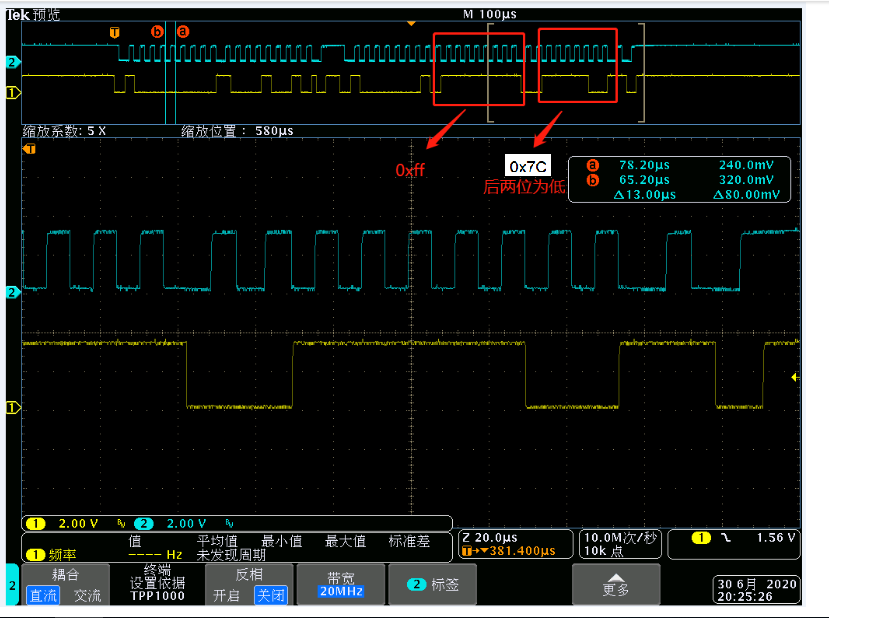Hi Team,
The customer sets the current value of INA233 to an overcurrent state. He uses a multimeter to test that the voltage across Rshunt was 118mV, which was greater than the maximum measurement range. But the printed code is 31999 (0x7CFF), not 32768 (0x7FFF). Would you possible to check the reason?


